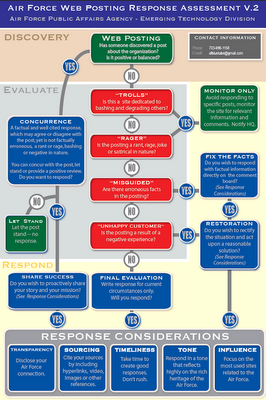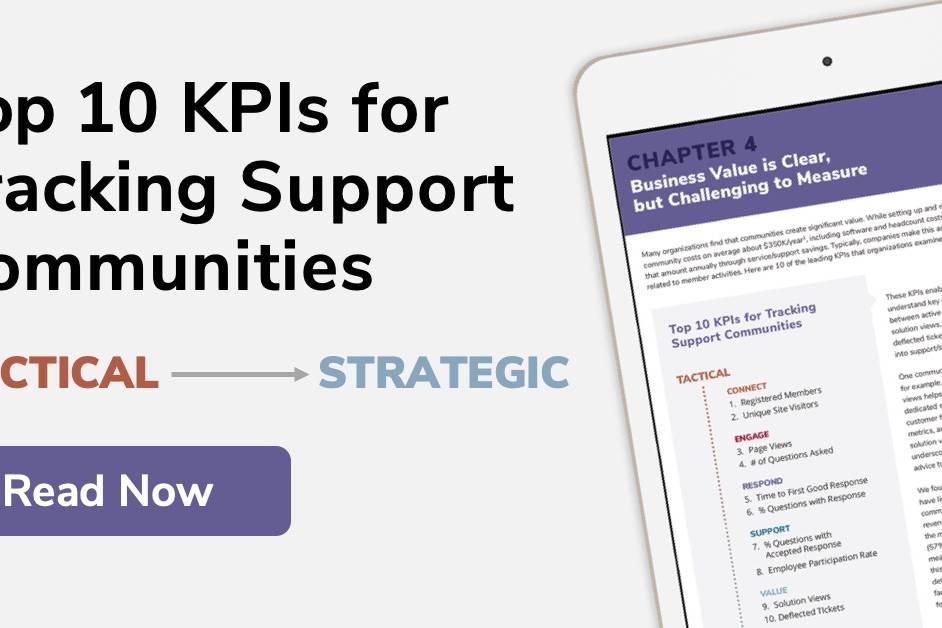Online social predators and community bullies pervade the internet. You know the type — out there in the social sphere trying to create chaos and breed discontent. They are the dissatisfied customer, the slighted consumer, the angry applicant who didn’t get the job, kids who think social vandalism is fun. Perhaps they got bumped off a flight, your software crashed their system or they got rejected from a club or college. These nay-saying crusaders are everywhere, and they show up again and again in online communities. And, oooh, they are tricky! They use strong language, call your baby ugly and, in extreme cases, change user names and pseudonyms even after they’ve been banned. Some are crazies and some have a point of view they are determined, to the point of obsession, on sharing whenever and wherever they can.
This is the dark side of online community building, and it doesn’t often get discussed. However, about a year ago Peter Auditore wrote an epic blog post what it means to be an online social predator from a first-person point of view. His point is that there is a class of online consumers that are willing and able to use community features to make their needs known, and that every company – whether using the social channel or not – must be ready for “that guy.” Let’s take the notion of being ready one step further. What should a company — especially one with an online community or social business presence — do to prepare for the social predator?
The first line of defense is always to have a plan, and not wait for the problem to show up before figuring out what to do. Acting in the moment, when emotion and blame are running hot, is not the time to make decisions and take actions online to counter the problem, especially if you haven’t already considered the issues and implications. Instead, play out a series of “What if” scenarios ahead of time to create effective strategies and involve the chain of command in the event of an emergency. Do you involve PR? Executives? Managers? If so, who? Do you know how to get in touch with them? What will their role be?
What is the definition of a true online emergency for your organization? For example, a leak of strategic company information that could impact the stock price or break regulatory rules constitutes a real emergency. However, an errant swear word or a community member flame war often does not rise to the level of an emergency.
In true militaristic style, the US Air Force created a now-infamous blog triage plan to manage an online crisis. While geared for the government, it is a few clicks and meetings away from being usable by many larger organizations.

Once the strategic planning is done, the next phase is to determine (usually on a case-by-case basis) what the general range of approaches to the problem should be. Here’s where the community manager’s judgement and experience come squarely into play. He is likely to know (or, if the community is large, quickly determine) if the social predator is a valued community member, a recurring trouble-maker or a new registrant, which helps determine the intention of the post. Did they mean well and just want to heighten awareness of a situation, or are they trying to create chaos? How trustworthy is the member and the message? Is it written with a rational point of view or clearly the rantings of a crazy person? Community members with a high degree of emotional intelligence (EQ) can often tell the difference – so a poster’s intentions do matter and are often clear to the members, though perhaps not at first glance by an outsider.
Then determine whether the matter being raised can be addressed. I do not advocate a blanket “take it down” strategy as this can fan the flames of the issue — not to mention the social predator’s ire — and drive both the predator and other members to alternative channels. Those channels may be beyond your organization’s control – such as Twitter, LinkedIn or Google+. So consider it a gift if the predator posts on your branded social channel. It signals a genuine desire to get a response to the situation your organization. In some cases, even if the topic is uncomfortable for the organization, the social predator may represent of a commonly-held sentiment that really should be addressed. Often a simple acknowledgement — it needn’t be an admission of guilt– will help soothe the ruffled feathers. Even if the claim is legit, social media history has proven honestly rarely hurts. A response also means you’ve followed protocol and reached out to the member.
And if he keeps coming back? Well, there’s always the bozo filter!
Warning: Attempt to read property "base" on array in /home3/trusten9/public_html/leadernetworks/wp-content/plugins/wp-user-profile-avatar/shortcodes/wp-user-profile-avatar-shortcodes.php on line 665
Warning: Attempt to read property "base" on array in /home3/trusten9/public_html/leadernetworks/wp-content/plugins/wp-user-profile-avatar/shortcodes/wp-user-profile-avatar-shortcodes.php on line 665
Warning: Attempt to read property "base" on array in /home3/trusten9/public_html/leadernetworks/wp-content/plugins/wp-user-profile-avatar/shortcodes/wp-user-profile-avatar-shortcodes.php on line 665
Warning: Attempt to read property "base" on array in /home3/trusten9/public_html/leadernetworks/wp-content/plugins/wp-user-profile-avatar/shortcodes/wp-user-profile-avatar-shortcodes.php on line 665


